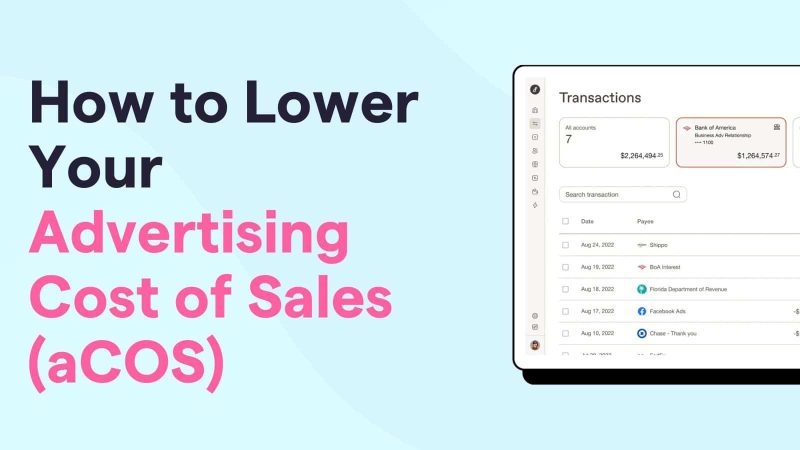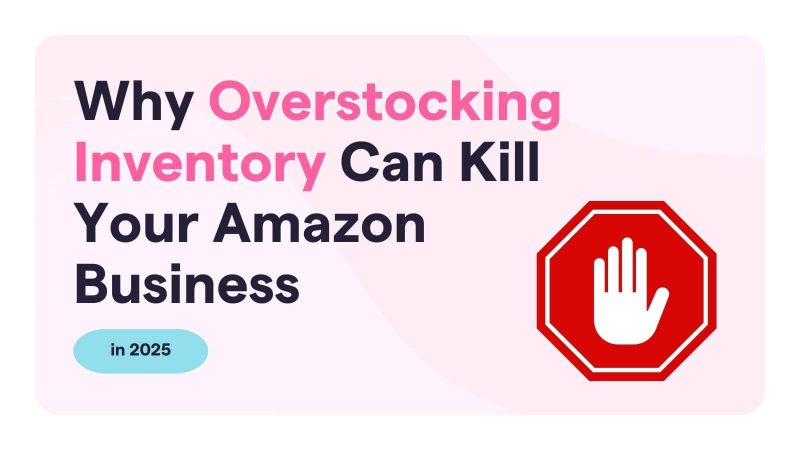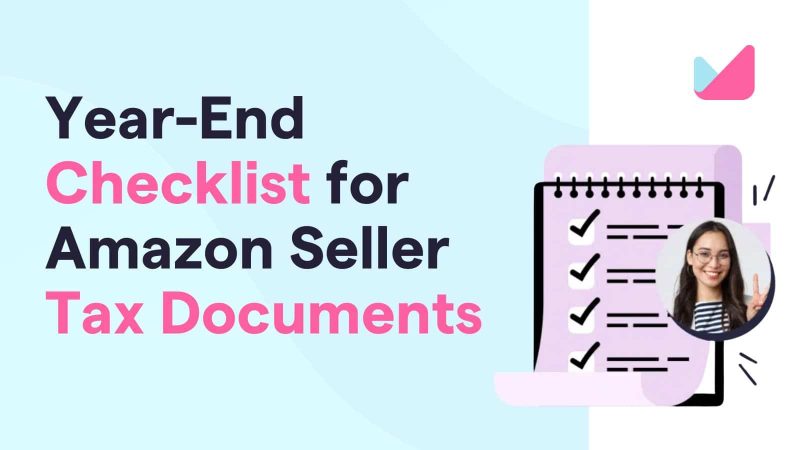To set the stage for everyone, “sales channel” is a generic term that refers to anyway to sell products on the internet. Channels break down into two very large categories – Marketplaces and Shopping Carts. Examples of marketplaces include Amazon, eBay, Walmart.com, Jet, and other places where sellers virtually assemble in one place to compete for customers. Shopping carts are curated experiences where the customer is buying from a single seller and might include custom websites, Shopify, BigCommerce, Magento, WooCommerce, or others.

KNOW WHERE YOU’RE STARTING
Just over half of all online sellers start by selling on Amazon. Amazon is the largest (and most powerful) marketplace, where entire fortunes have been won and lost with Amazon’s focus on the customer. As I like to say:
“AMAZON GIVETH, AND AMAZON TAKETH AWAY.”
Amazon has built the infrastructure in such a way that they win in all scenarios, and that’s a double-edged sword for sellers. You can start a new product line tomorrow and see nearly-instant success, all because Amazon’s algorithms get your product in front of the best customers right away. Similarly, a moment’s lapse in attention can shut down your best selling products and leave you with nothing.
Here’s the point – you’ve had to learn the Amazon rules, and you’ve done it well. Amazon has helped you by giving you tools you could only dream of getting on your own. Amazon has cut out a lot of the ugly parts of selling products. Yet, they’ve also introduced some funny rules that don’t apply anywhere else. Your task now is to take this learning and translate it to new platforms, from the right way to post a listing, all the way to managing a complex inventory network.
AVOID “THE SHOTGUN APPROACH”
Many sellers who contemplate an omnichannel approach will say, “Hey, if I’m adding all this infrastructure, I might as well go big!”
To this, I say, “Absolutely – in due time!”
The key here is that many sellers equate “go big” with “sell everywhere”, and that is no guarantee for success. Each channel has pros and cons, and most channels won’t be worth the headache they induce for the sales that they generate.
A few rules-of-thumb I advocate:
- Talk to your accountant. You should be telling your accountant about any sales channels moves MONTHS ahead of starting. They need to be ready to help with the new payment processors, new fee structures, and new access issues.
- Plan it like a project, and start with 8-12 months. If you’re planning on going to a new sales channel, you need to be willing to invest 8-12 months of resources into seeing how it works out. This also prevents you from testing 15 new channels starting tomorrow!
- Get a pro to help. There are secrets to each and every channel, and you need someone with deep experience. Hiring a consultant or channel expert can short-cut your learning curve and reduce project time by half or more!
- Those with deep experience don’t sound like snake-oil salespersons, or the “Buy my course and everything will MAGICALLY work overnight!” people. They have real, relatable experiences and can talk even-handedly about pros and cons. Real pros are also hard-to-find and may not be cheap.
THE DEVIL IS IN THE TECHNOLOGY
As with every experience in entrepreneurship, the key to success is knowledge. Here are some questions to dive in on, or get help with:
- What is my budget for tackling technology changes? We could talk all day about how lovely it would be to add 5 sales channels, but the budget will determine how much we can move the needle. Consider technology costs, as well as upfront expenses of training or education resources. Know your total spend allowance, as well as your additional monthly expenditure limits.
- How does this change my SEO? Search Engine Optimization (SEO) for Amazon is a completely different ballgame than SEO for your brand-new Shopify-hosted website.
- How does this change my SEM? Search Engine Marketing (SEM) is all about online ads. Going to eBay may or may not be something that you can work into your current SEM strategy. If you add your own website to the mix, do you know how to target your ads well enough to separate your Amazon targets from your website targets?
- How does this change your fulfillment network? Does a 3PL make sense, or do you need a bigger warehouse? Do you simply need an additional warehouse?
- Will you need new or different payment processors? Shopify will force you to use their payment processor, but BigCommerce won’t.
- How does this change your other technology? Are you ready to learn all about EDI for Home Depot? Do you need an omnichannel inventory management software? Will you need other things, like scanners or a POS system?
')}




